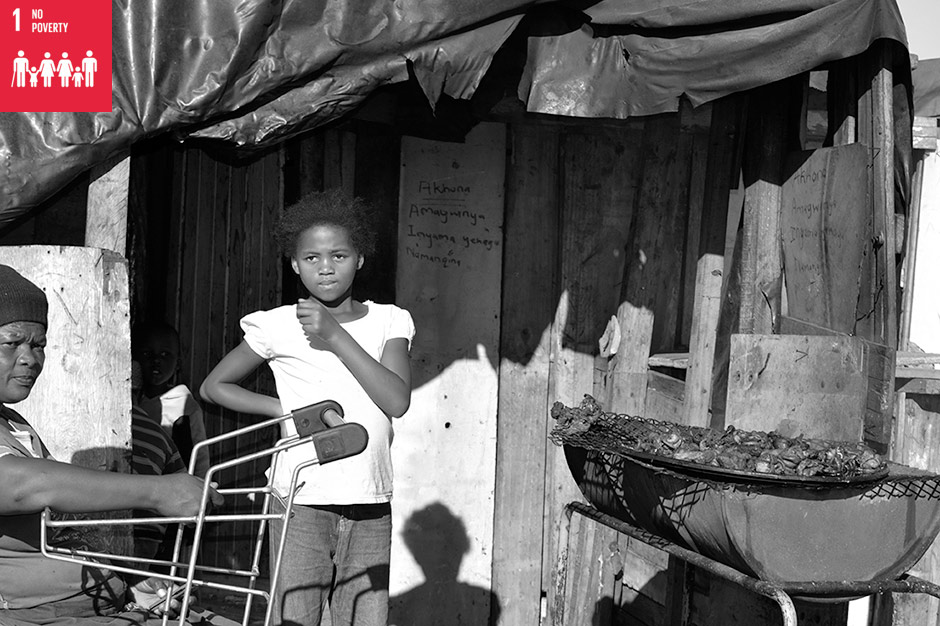

(Editor’s note: This post is part of a series covering YTF’s work with the United Nation’s Sustainable Development Goals. See more of the series here.)
Ninety percent of Sub-Saharan African countries have higher rates of poverty than the world average. Three of these countries have the most poverty in the world: Zimbabwe (72.3%), Sierra Leone (70.2%), and Nigeria (70.0%).[1] Sub-Saharan Africa also has the highest incidence of extreme poverty in the world (42.6%). The next highest world region is South Asia at 18.8.[2]
Poverty has been declining throughout the world but, with many multidimensional factors impacting poverty, it is not declining in Sub-Saharan Africa at similar rates to other parts of the world. Multidimensional factors include health, education, and standard of living. YTF programs address these dimensions in a variety of ways primarily focusing on the role that technology has to increase educational opportunities, employment and economic empowerment, innovation, and health and well-being.
In the United States, 99% of the population age 15 and over can read and write. This is not the case in developing countries where basic literacy is not provided on an equitable basis and, subsequently, many of its residents remain illiterate. In Sub-Saharan Africa, only 65% have basic literacy skills. While nearly three-quarters of boys are literate (72%), it is only a little over half for girls (59%).[3] Studies have shown time and again that when women are educated, their children, families, and communities are healthier, more educated, and earn greater incomes in their lifetime. YTF directly addresses education for girls and women, providing enriched learning opportunities through technology and, as such, decreases gender disparities.
Youth unemployment (defined as ages 15-24) in Sub-Saharan Africa is 14.1% with young women (15%) more unemployed than young men (13.1%). Unemployment for all ages is 7.7%: male (6.9%), female (8.5%). In many countries, though, youth employment is over a third of youth and throughout Sub-Saharan Africa 20% more women are unemployed than men.[4]
However, many youth and women are in low-end, precarious employment (“vulnerable employment”) including unpaid family workers, informal, and own-account workers (68%).[5] This affects many more rural youth than urban: for the majority of rural youth in Africa, decent and productive employment remains an aspiration, and not a reality. Recent studies report that the labor market in Sub-Saharan Africa “fails to guarantee sustainable livelihood opportunities to the majority of youth living in rural areas.”[6]
Through its varied programs and innovative use of technology, YTF provides and increases sustainable and stable livelihood opportunities, especially for youth and women in rural settings, and decreases vulnerable employment for youth and women.
Hope is on the horizon for Sub-Saharan Africa: the unprecedented increase in global connectedness and the pace of technological change has significant promise for increasing youth and women livelihoods and income—especially in Sub-Saharan Africa where several countries now have near 100% cell phone coverage and similar rates of cell phone ownership as the United States. African youth today are better connected to the rest of the world than any of the earlier generations of youth in Africa. YTF programs empower youth and women through connectedness to the world, their communities, educational opportunities, mentorship, and innovation.
